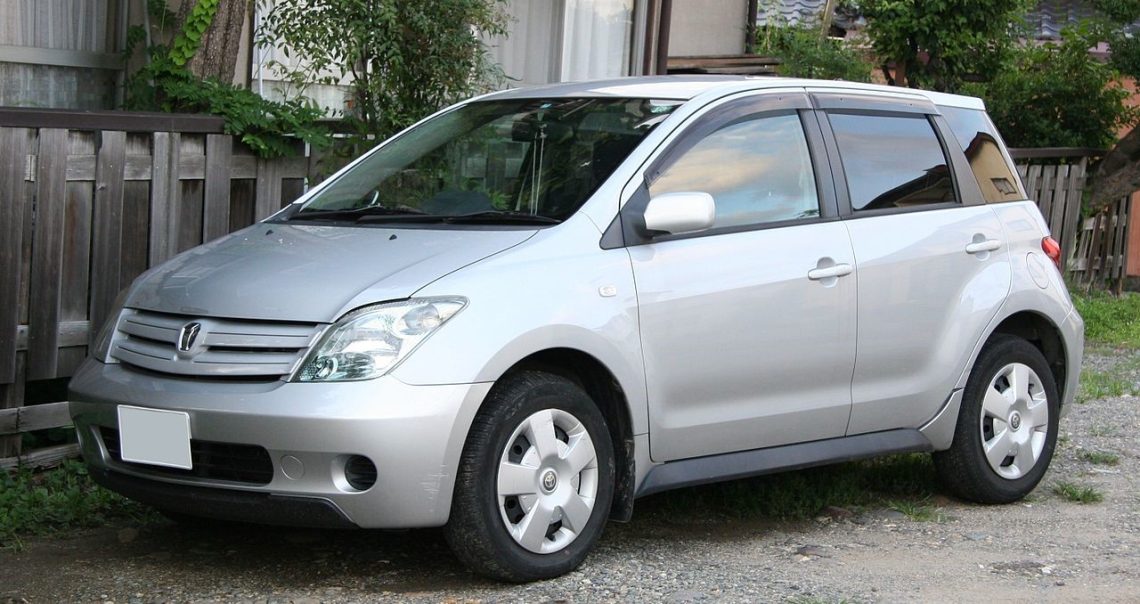
Engines Toyota ist
Content
Based on the Toyota Vitz hatchback and built on the NBC multi-platform, the Toyota ist (sold with a stylized lowercase "i") is a B-class subcompact car. It is exported to the US under the Toyota sub-brands Scion xA and Scion xD, to the Middle East as the Toyota xA, and to Europe and Latin America as the Urban Cruiser (second generation ist).
In Japan itself, the car can be purchased at Toyota NETZ and Toyopet Store dealerships.
Generations and modifications
The Toyota ist compact five-door hatchback is the sixth vehicle to be built with the Vitz as its base model, designed as a feature-packed compact car with off-road style and versatility. The car was equipped with either 1.3-liter (FWD) or 1.5-liter (FWD or 4WD) engines, with Super ECT transmission. In mid-2005, the model was restyled (XP60).
The lineup of the second generation ist (XP110) was significantly redrawn - there were fewer trim levels, but the equipment was much improved. The second ist, which became even more similar to the five-door Toyota Yaris / Vitz, was mainly intended for sale in the United States. But instead of being the new xA model, the car was named xD. The only real difference between the ist and xD is the different front hood. In Europe and Latin America, the ist was sold as the Urban Cruiser, also with a slightly different front end.
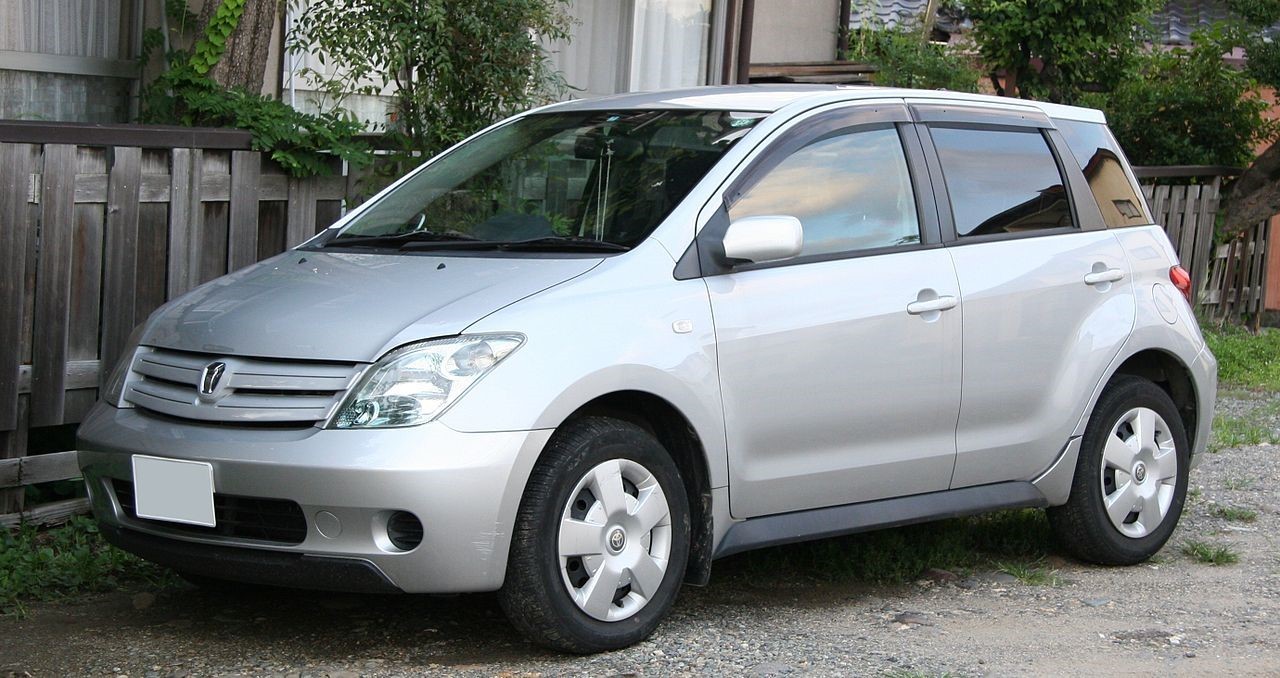
In Japan, the second generation ist was offered in 2 classes, namely 150G and 150X, and was equipped with a Super CVT-i variator (for the 1NZ-FE power unit). One attractive offering for the 1NZ-powered model was the choice of AWD, which was not available in the US for the xD. In addition, the center console was only offered in Japanese, not the US xD.
Perhaps the most important of the numerous revolutionary decisions of the creators of Ist 2 was the rejection of a low-power 1.3-liter internal combustion engine, and a complete transition to more serious power units, which was quite justified for the grown subcompact. In the all-wheel drive modification ist, the one and a half liter 1NZ-FE engine with a CVT demonstrated power of 103 hp, and in the front-wheel drive version - 109 hp. In 2009, the 1NZ-FE settings were optimized for more efficient fuel consumption. In the 10/15 mode, the car began to consume 0.2 liters of gasoline less (per 100 km).
For complete sets 180G (2008 onwards), a 1.8-liter installation was intended - an in-line 4-cylinder DOHC engine, produced under serial number 2ZR-FE (250 Nm / 4800 rpm) with a power of 132 hp.
With this unit, the specific power increased, and the dynamics improved. Fuel consumption in 10/15 mode began to be 6.5 liters per "hundred". Toyota ist with 2ZR-FE were equipped with only automatic transmission and were equipped with front-wheel drive. The top modification 180G was offered until August 2010. Production of the second generation ist was completed in 2016.
1NZ-FE
The NZ family of low-volume powertrains began to be produced in 1999. The series included a 1.5-liter 1NZ and a 1.3-liter 2NZ. The specifications of the NZ units are very similar to the larger power units of the ZZ family. The engines received the same non-repairable aluminum cylinder block, the VVTi system on the intake camshaft, a thin single-row chain, and so on. There were no hydraulic lifters on the 1NZ until 2004.
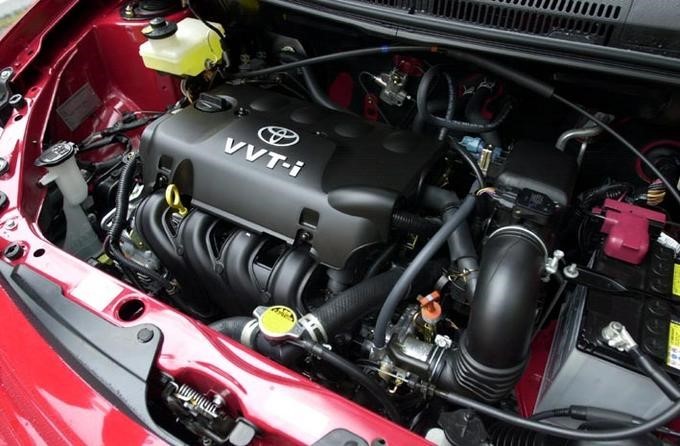
The 1NZ-FE is the first and base engine of the 1NZ family. Produced from 2000 to the present.
| 1NZ-FE | |
|---|---|
| Volume cm3 | 1496 |
| Power, hp | 103-119 |
| Consumption, l / 100 km | 4.9-8.8 |
| Cylinder Ø, mm | 72.5-75 |
| MOP | 10.5-13.5 |
| HP, mm | 84.7-90.6 |
| Models | Allex; Allion; of the ear; bb Corolla (Axio, Fielder, Rumion, Runx, Spacio); echo; Funcargo; is Platz; Porte; Premio; Probox; After the race; Raum; Sit down; A sword; Succeed; Vitz; Will Cypha; Will VS; Yaris |
| Resource, outside. km | 200+ |
2NZ-FE
The 2NZ-FE power unit is an exact copy of the older 1NZ-FE ICE, but with a crankshaft stroke reduced to 73.5 mm. Under the small knee, the parameters of the 2NZ cylinder block were also reduced, and the connecting rod and piston group was also changed, thus a motor with a working volume of 1.3 liters was obtained. Otherwise, they are exactly the same engines.
| 2NZ-FE | |
|---|---|
| Volume cm3 | 1298 |
| Power, hp | 87-88 |
| Consumption, l / 100 km | 4.9-6.4 |
| Cylinder Ø, mm | 75 |
| MOP | 11 |
| HP, mm | 74-85 |
| Models | bB; Belta; corolla; funcargo; is; Place; porte probox; vitz; Will Cypha; Will Vi |
| Resource, outside. km | 300+ |
2ZR-FE
The 2ZR series of plants was put into production in 2007. The engines of this line acted as a replacement for the unloved by many unit under the serial number 1ZZ-FE 1.8 l. From the 1ZR engine, the 2ZR differed from the crankshaft stroke increased to 88.3 mm and some other parameters.

The 2ZR-FE power unit is the base unit and the first modification of the Toyota 2ZR engine with the Dual-VVTi system. The motor received a fairly wide number of improvements and modifications.
| 2ZR-FE | |
|---|---|
| Volume cm3 | 1797 |
| Power, hp | 125-140 |
| Consumption, l / 100 km | 5.9-9.1 |
| Cylinder Ø, mm | 80.5 |
| MOP | 10 |
| HP, mm | 88.33 |
| Models | allion; auris; Corolla (Axio, Fielder, Rumion); is; Matrix; bonus; viz |
| Resource, outside. km | 250+ |
Typical malfunctions of Toyota ist engines and their causes
High oil consumption is one of the main problems of the NZ engine series. Usually, a serious “oil burner” begins with them after a run of more than 150-200 thousand km. In such cases, you have to either decarbonize or change the caps and oil scraper rings.
Unnatural sounds in 1 / 2NZ motors most likely indicate chain stretching, which usually occurs after a run of 150-200 thousand km. The problem is solved by installing a new timing chain kit.
Floating idle speeds are symptoms of contamination of the OBD or KXX. Engine whistling is usually caused by a cracked alternator belt, and increased vibration indicates the need to replace the fuel filter and / or the front engine mount. It may also be time to clean the injectors.
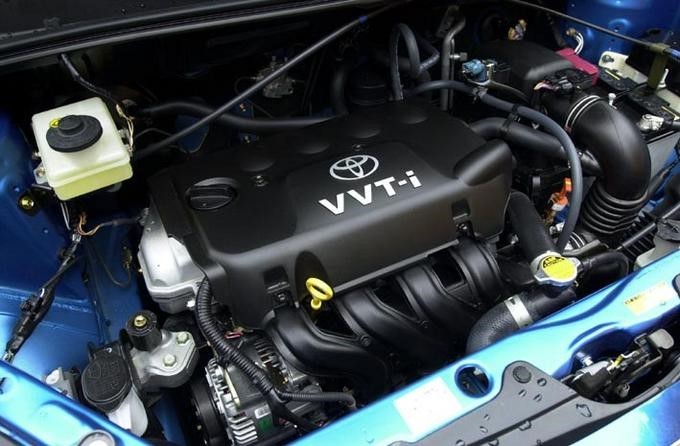
In addition to the problems indicated, on 1 / 2NZ-FE engines, the oil pressure sensor often fails and the crankshaft rear oil seal leaks. The BC 1NZ-FE, unfortunately, cannot be repaired, and after a run of 200 thousand km, Toyota ist will have to change the engine to a contract ICE.
The 2ZR power plants practically do not differ from the units of the 1ZR series, with the exception of the crankshaft and the connecting rod and piston group, so typical 2ZR-FE malfunctions completely repeat the problems of the younger motor, 1ZR-FE.
High oil consumption is typical of early ZR units. If the mileage is not large, then the problem is solved by pouring a more viscous oil. Noises at medium speeds indicate the need to replace the timing chain tensioner.
Problems with floating speeds are most often provoked by a dirty throttle or its position sensor.
In addition, after 50-70 thousand kilometers, the pump starts to leak on the 2ZR-FE. Also, the thermostat often fails completely and the VVTi valve jams. However, despite the above problems, 2ZR-FE engines are quite reliable and high-quality installations that have a high rating and respect from experts.
Conclusion
The features of the 16-valve power units 2NZ-FE and 1NZ-FE include high fuel efficiency and low levels of harmful substances in exhaust gases. It should be noted that for urban travel, a Toyota East with a 1.3-liter engine is quite enough, given the low weight of the car, although in terms of engine life and power density, of course, a version of a car with a 1.5-liter unit is much more preferable.
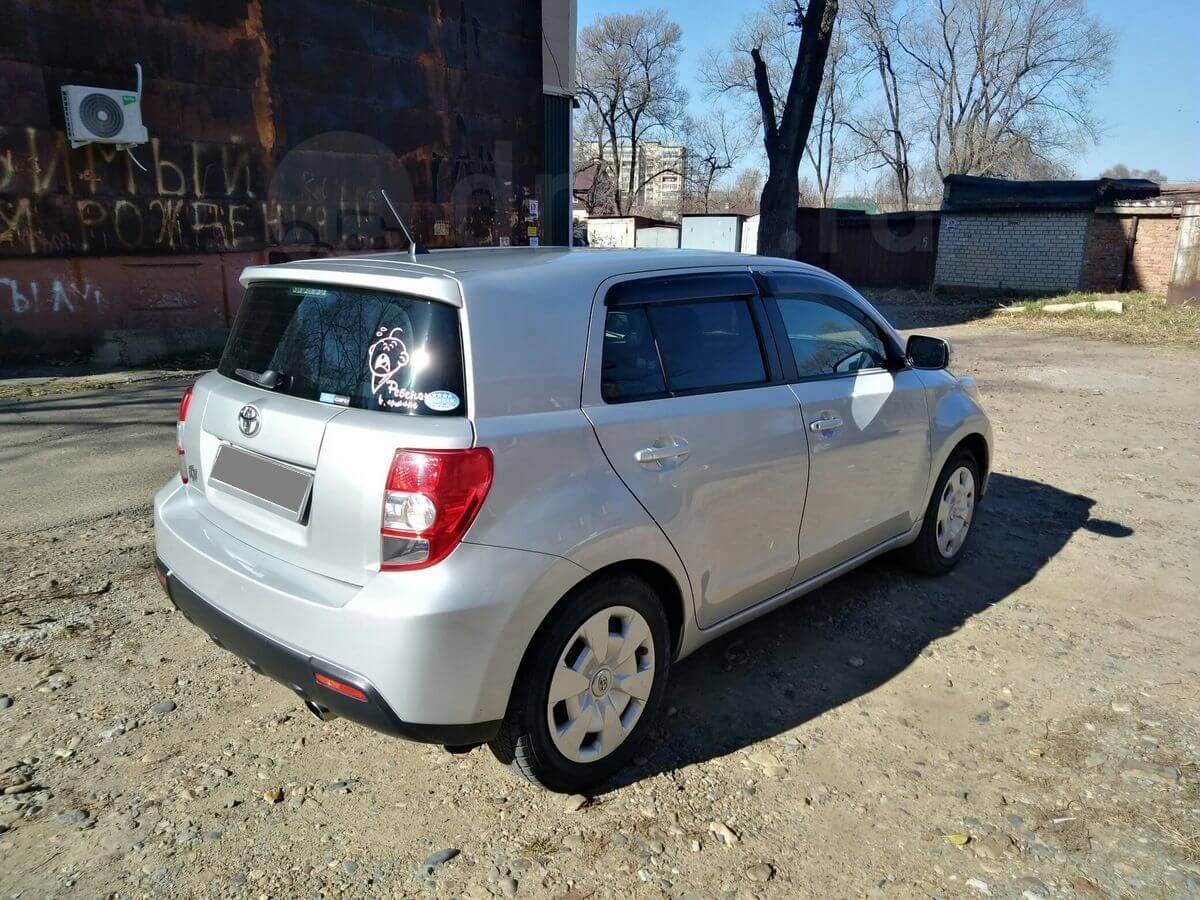
As for the 2ZR-FE engines, we can say that despite the above problems, they occur sporadically, and the motor turned out to be quite good, with an acceptable motor resource. With this 1.8-liter engine with 132 hp, combined with a four-speed "automatic" and front-wheel drive, Toyota ist behaves much more interesting than with the 2NZ-FE.

